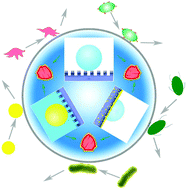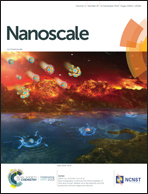Bioinspired surfaces with wettability for antifouling application
Abstract
Wettability is a special character found in nature, including the superhydrophobicity of lotus leaves, the underwater superoleophobicity of fish scales and the slipperiness of pitcher plants. These surfaces exhibit unique properties such as resistance to icing, corrosion, and the like. The antifouling properties of the material surface have important applications in a variety of areas, such as in hulls, in medical equipment, in water pipes and underwater equipment. However, the traditional anti-fouling surface is usually combined with toxic substances or its manufacturing process is complicated and expensive, which cannot meet the current antifouling demand. These wettable surfaces have always exhibited good anti-biofouling and self-cleaning properties, and their use as antifouling surfaces can well solve the problems of the above-mentioned traditional antifouling surfaces. Here, we divided the wettable surfaces into superhydrophobic surfaces, underwater superoleophobic surfaces and slippery surfaces, respectively, summarizing their development in the field of antifouling. Their research progress in antibacterial, antibiotic flocculation and antiplatelet adhesion is highlighted. Furthermore, we provide our own insights into the shortcomings and development prospects of wettable surface applications in the field of antifouling.

- This article is part of the themed collection: Recent Review Articles


 Please wait while we load your content...
Please wait while we load your content...